This exploration is for all ages, as the colored smilies show. You can play the landforms memory game with your whole family together. The big kids can even help the little ones along.
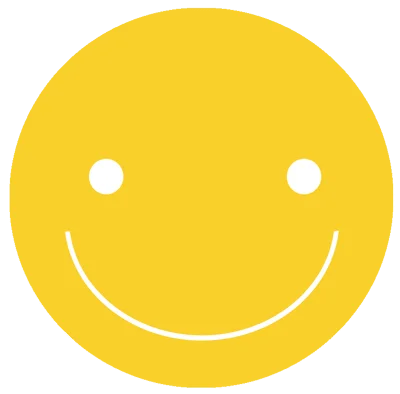

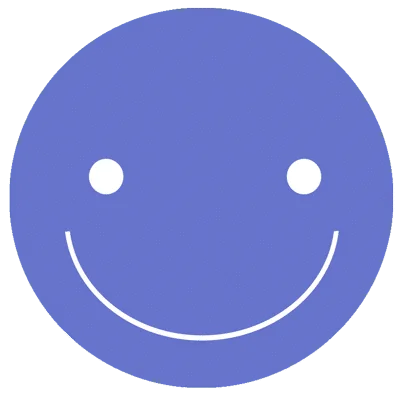
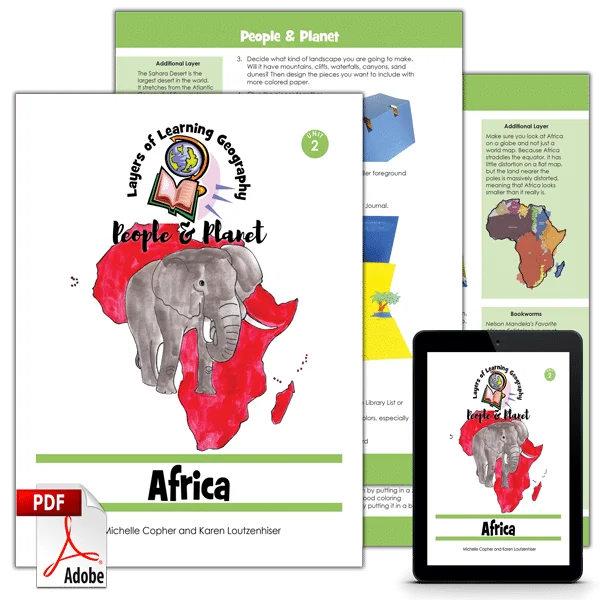
The Landforms Memory Game is a geography exploration from the Africa unit about the physical features of the earth, including landforms. Layers of Learning has hands-on explorations in every unit of this family-friendly curriculum.
Landforms are features of the earth itself: rock, soil, sand, water, and the shapes they make. Waterfalls, canyons, fjords, peninsulas, sand dunes, and streams, plus many more are all landforms we have on Earth.
Wind and water have eroded and carved out amazing features. The movement of Earth’s plates also creates ridges, valleys, mountains, volcanoes, and other landforms.
The science of the shape of Earth’s features can get very precise and technical. Each type of landform has specific definitions, which high school-aged students can get into if they’re interested.
Step 1: Library Research
Before you begin playing the Landforms Memory Game, read a book or two about the physical features of Earth. Here are some suggestions, but if you can’t find these, look for books at your library about landforms, geography, or planet earth. The colored smilies above each book tell you what age level they’re recommended for.
As Amazon affiliates, the recommended books and products below kick back a tiny percentage of your purchase to us. It doesn’t affect your cost and it helps us run our website. We thank you!
Step 2: Landforms Memory Game
To play the game you’ll need this Printable Landforms Memory Game showcasing some of the major landforms. The game should be printed on heavy white or light-colored cardstock and then cut out. Cards have either the name of a landform or a picture of the matching landform. You can create more of your own cards with other landforms as you master these.
To play, just turn all of the cards over, face down, and take turns choosing two cards at a time to try to form matches. Your kids will need to match the landform that is pictured with the matching word. Young kids can play with the cards face up.
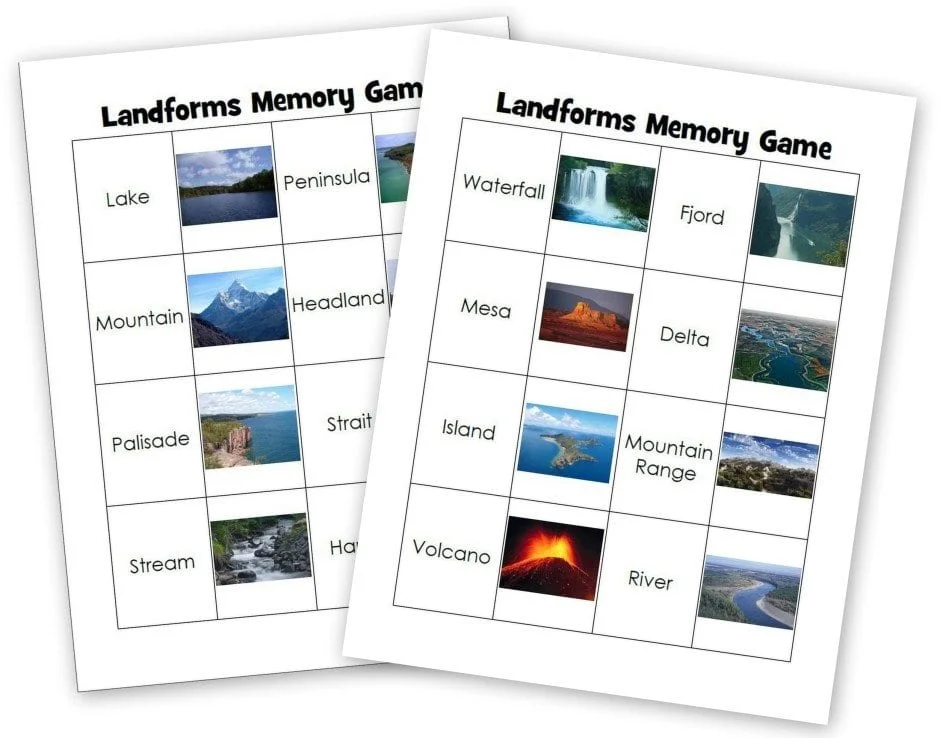
It is not essential that your child learns every landform and all its intricacies in their school years. However, just for the sake of communication and cultural literacy, they should be familiar with some basics. You can use the cards as a flashcard review as well. Use the game as a jumping-off point to learn more about the amazing surface of our earth.

For teens only:
As you play, you can require more information from your teens. When they get a match, have them tell a fact they know about that landforms, name a specific place on Earth where the landform can be found, or tell how that landform is formed. Is it from erosion? Do plate tectonics play a role? You might also discuss the water cycle in conjunction with some of the landforms.
Step 3: Show What You Know
Playing the game itself is actually a great way for kids to show what they know. Memory games are a great replacement for formal tests. Kids don’t even have to know that you are evaluating them as you play together.
Additional Layers
Additional Layers are extra activities you can do or tangents you can take off on. You will find them in the sidebars of each Layers of Learning unit. They are optional, so just choose what interests you.
Writer’s Workshop

Make up some landforms riddles and write them in your Writer’s Journal.
I have roots but no branches. I have heights but no depths and am stronger than fire but weaker than water. What am I?
A mountain.
Additional Layer
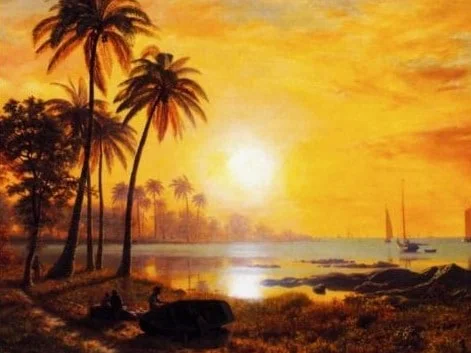
Use fine art to review landforms. This painting by Albert Bierstadt shows a forested coastal plain, a bay, a rocky coast, and the sea.
Expedition

Research the landforms of the place you live. Place them on a blank map of your area. Attach images of the places to the map. Visit a few that are near you.
Get a Free Unit
Choose between the first unit in each Layers of Learning subject to try for free when you sign up for the newsletter.
We never spam and you can cancel your subscription at any time.


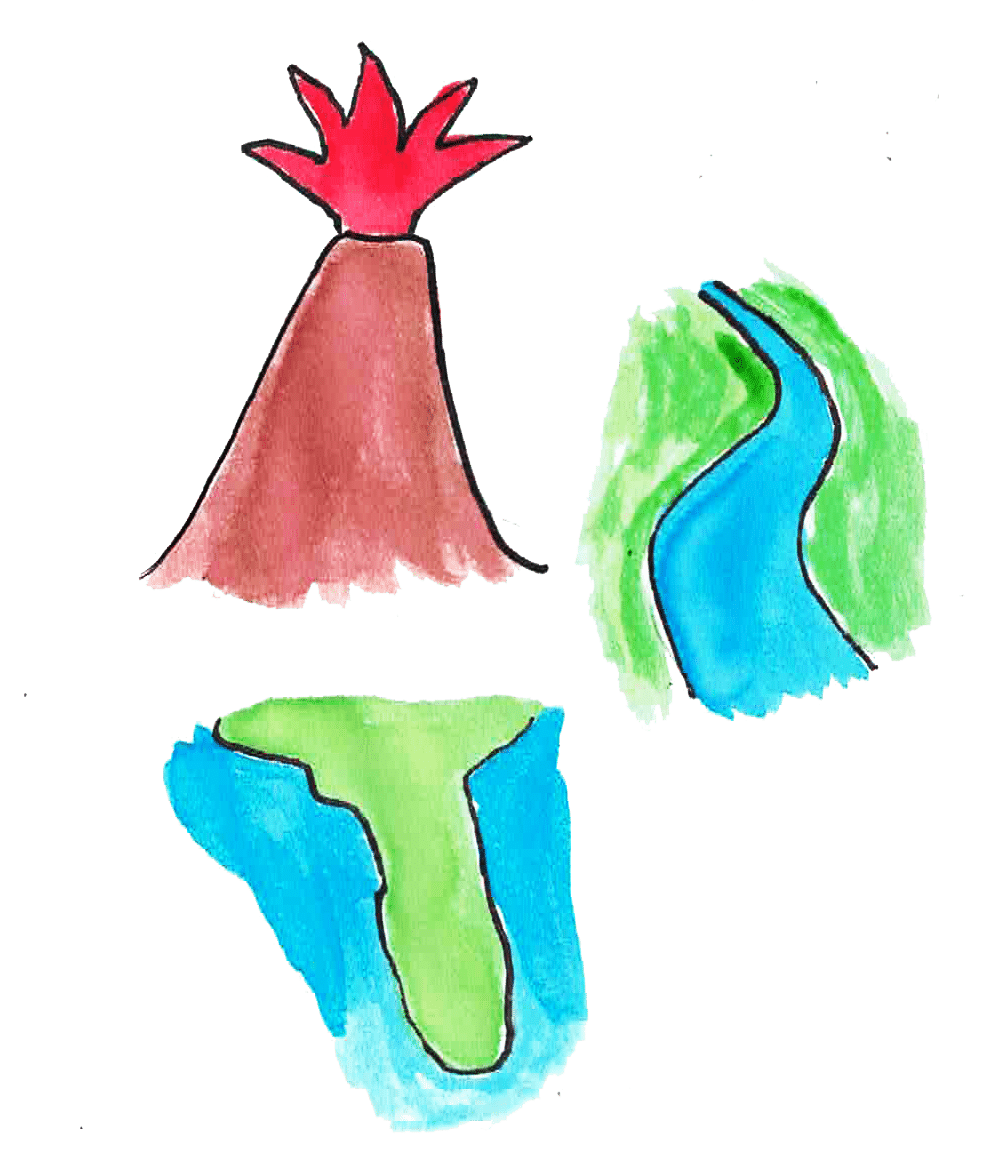





I really love your material